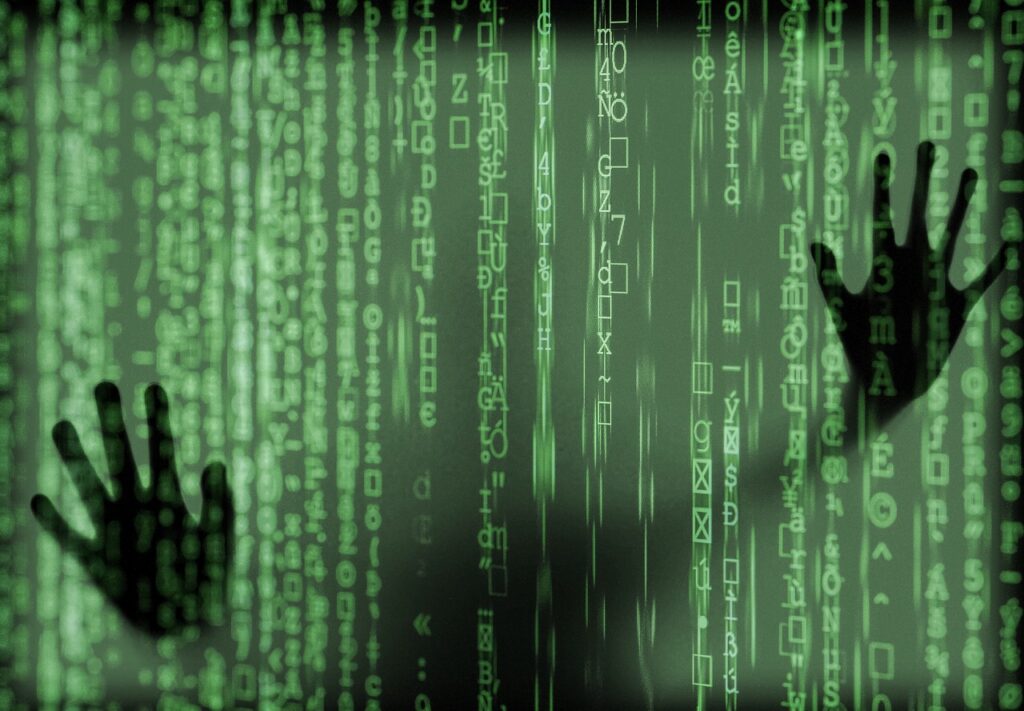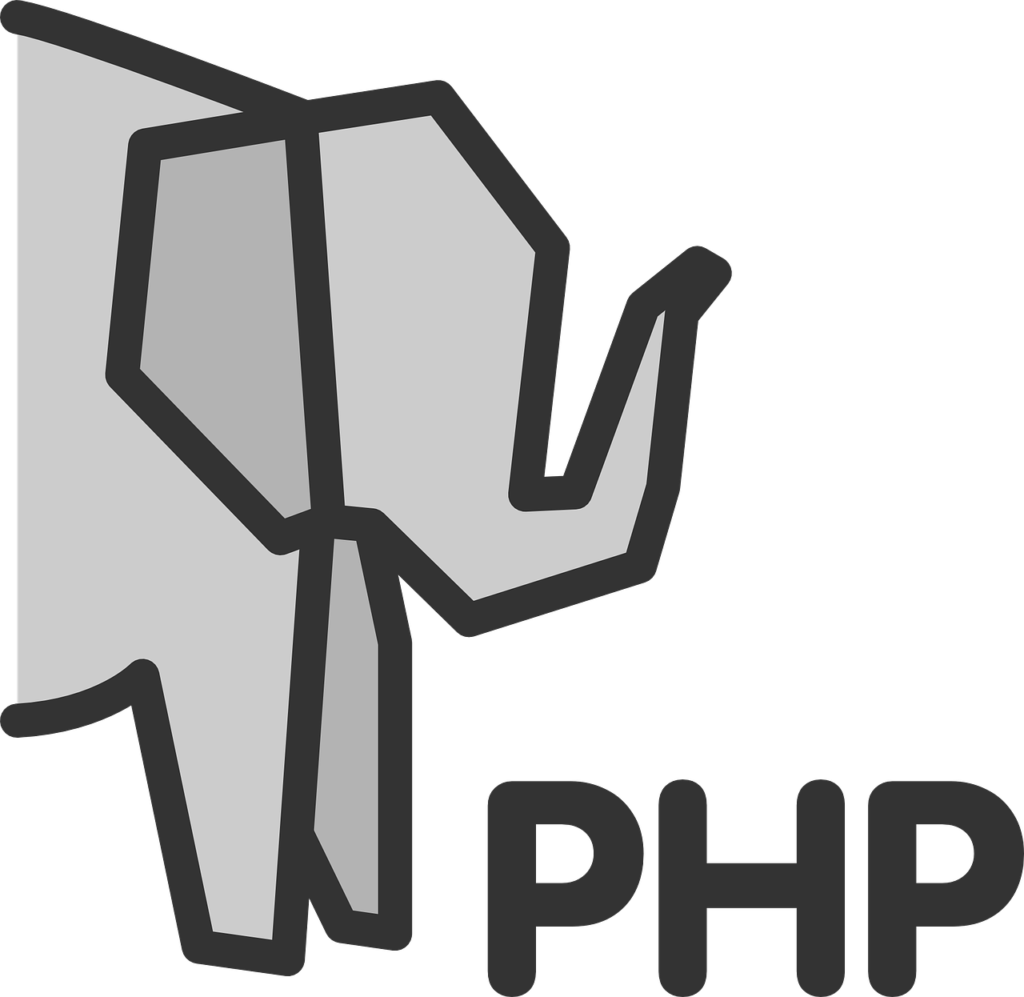Fuʻifuʻi e ngaahi ʻohofi ʻo: founga ʻoku kau faihia ai ʻa e infiltrate malu infrastructures
My first encounter with the world of cyber-criminals occurred through a watering hole attack campaign many years ago. I visited a Persian website and discovered that it was downloading malware onto visitors’ browsers. I promptly contacted the site administrator, who informed me that they had no technical knowledge of the issue. It became apparent that…
Lau ke lahi ange






